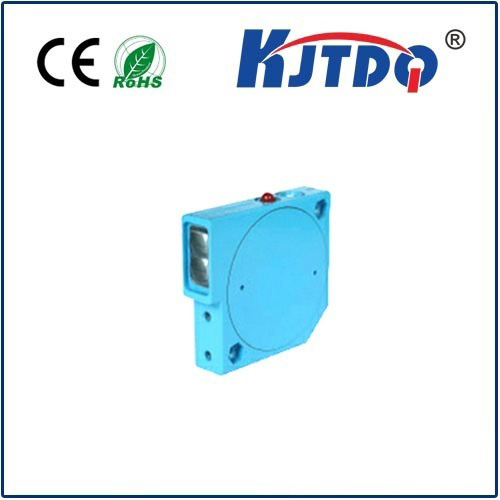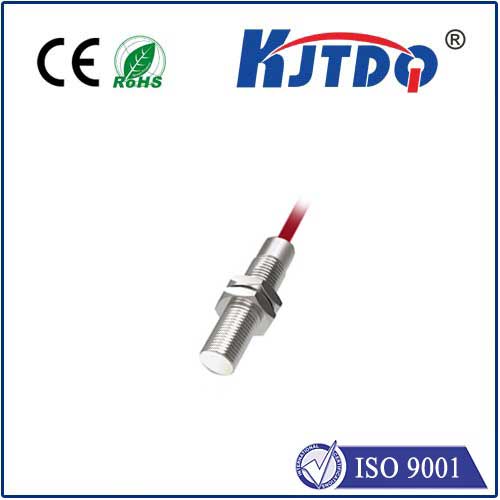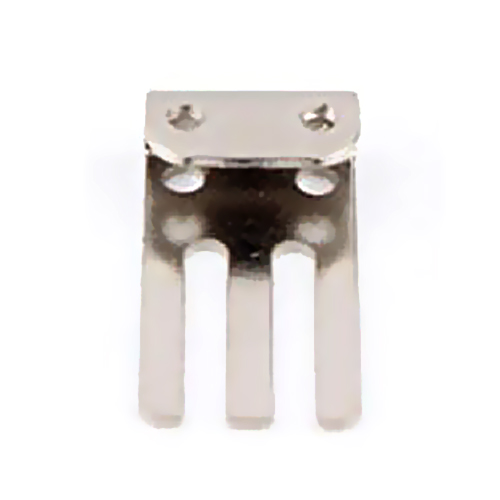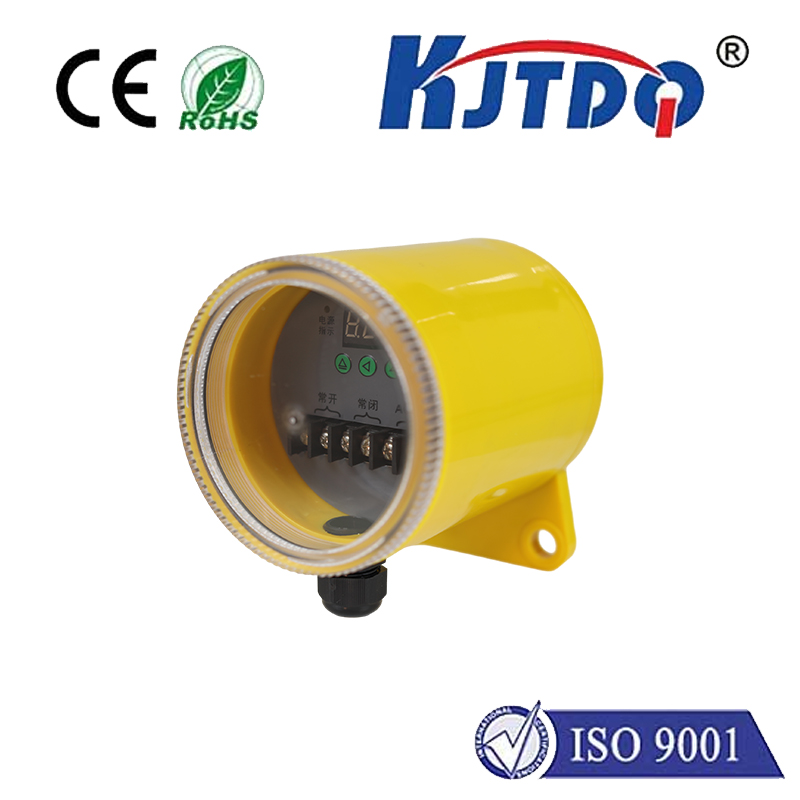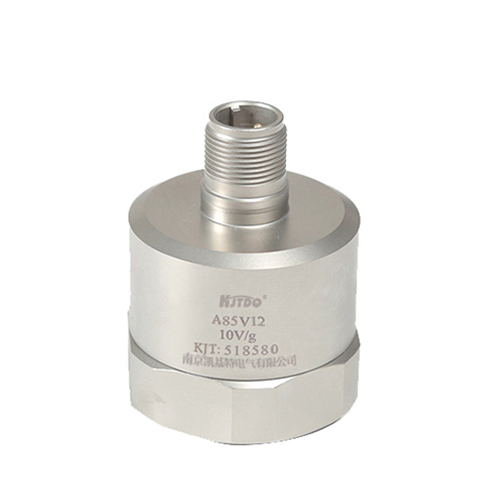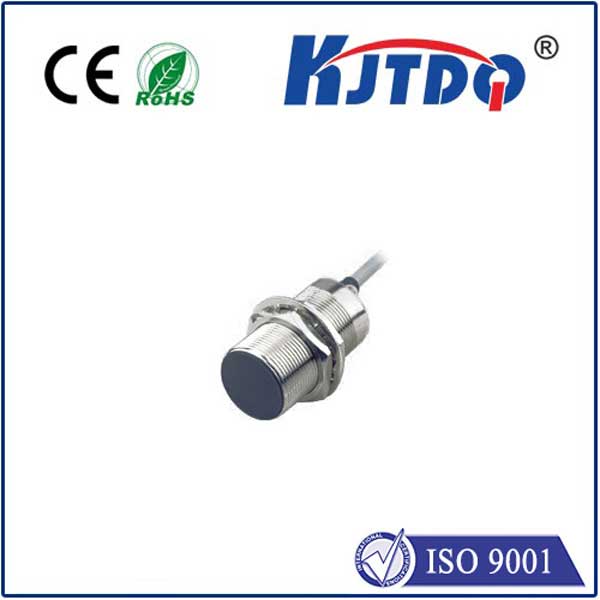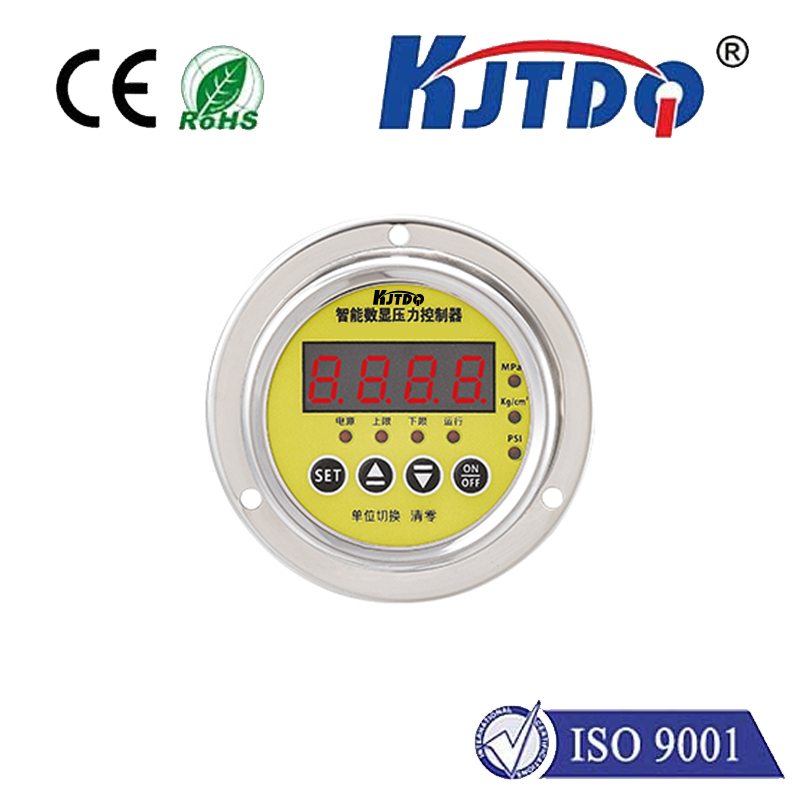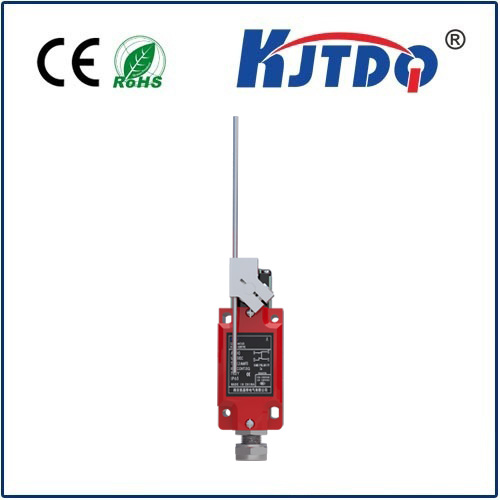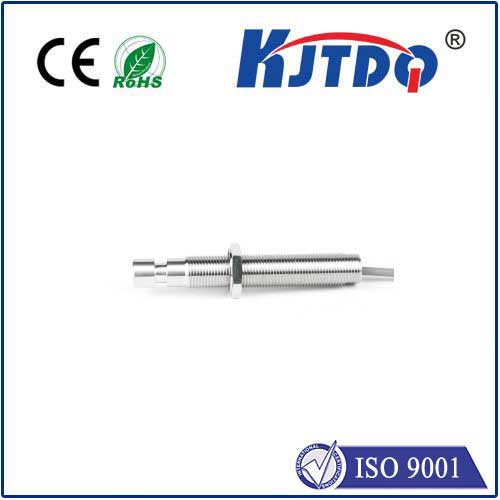

check

check

check

check

check

check

check

check

check

check
Title: The Importance and Function of Position and Cross Limit Switches in Industrial Machinery
Introduction:
In the realm of industrial machinery, precise positioning and movement control are paramount to ensure efficient and safe operations. Two critical components that play an integral role in achieving this precision are position switches and cross limit switches. These switches act as safeguards and performance enhancers for various equipment by signaling when a machine has reached a certain threshold or boundary.
Understanding Position Switches:
A position switch, commonly referred to as a limit switch, is an electromechanical device that detects the presence or absence of an object. It sends out signals to start or stop machinery based on its position within the system. When an object comes into contact with the lever of a position switch, it activates an electrical contact that alters the state of the machine's control circuit. This change can signal the machine to halt, reverse direction, or initiate another command sequence, thereby preventing damage or misalignment from occurring.

Cross Limit Switches: Their Function and Role:
Cross limit switches, on the other hand, serve a distinct yet complementary purpose. They are used to establish boundaries within which machines operate safely. By setting limits on the motion of moving parts, these switches protect machines from exceeding their intended range of movement. Should a component approach or cross these established limits, the cross limit switch will engage, triggering an immediate response such as stopping the machine or reversing its direction. This prevents collisions, reduces wear and tear, and ensures the integrity of surrounding structures and personnel safety.
Integration and Collaboration:
While position switches focus on exact location determination and action initiation, cross limit switches concentrate on maintaining operational boundaries. Together, they create a robust safety net that enhances efficiency while minimizing risk. In modern automation systems, these switches often work in tandem, communicating with programmable logic controllers (PLCs) to provide real-time feedback and control.
Applications Across Industries:
The application of position and cross limit switches spans a variety of industries, including manufacturing, robotics, packaging, material handling, and automotive sectors. For example, in conveyor systems, position switches may be used to detect the presence of products and control their distribution, while cross limit switches would prevent overtravel of belts or other moving elements. In robotic arms, these switches ensure precision movements and avoid potential collisions with other machinery or human workers.
Maintenance and Reliability:
To guarantee consistent performance, regular maintenance of position and cross limit switches is essential. Proper care includes cleaning, lubrication, and periodic checks of the switch's mechanical and electrical components. Manufacturers often provide detailed specifications and guidelines to help maintain the reliability and longevity of these critical devices.
Conclusion:
Position switches and cross limit switches play pivotal roles in industrial machinery, ensuring precise operations and enhancing safety protocols. Their ability to monitor locations, set boundaries, and communicate with control systems underscores their value across varied industrial applications. By investing in quality switches and adhering to rigorous maintenance schedules, companies can harness the full potential of their machinery while mitigating risks and downtime.
